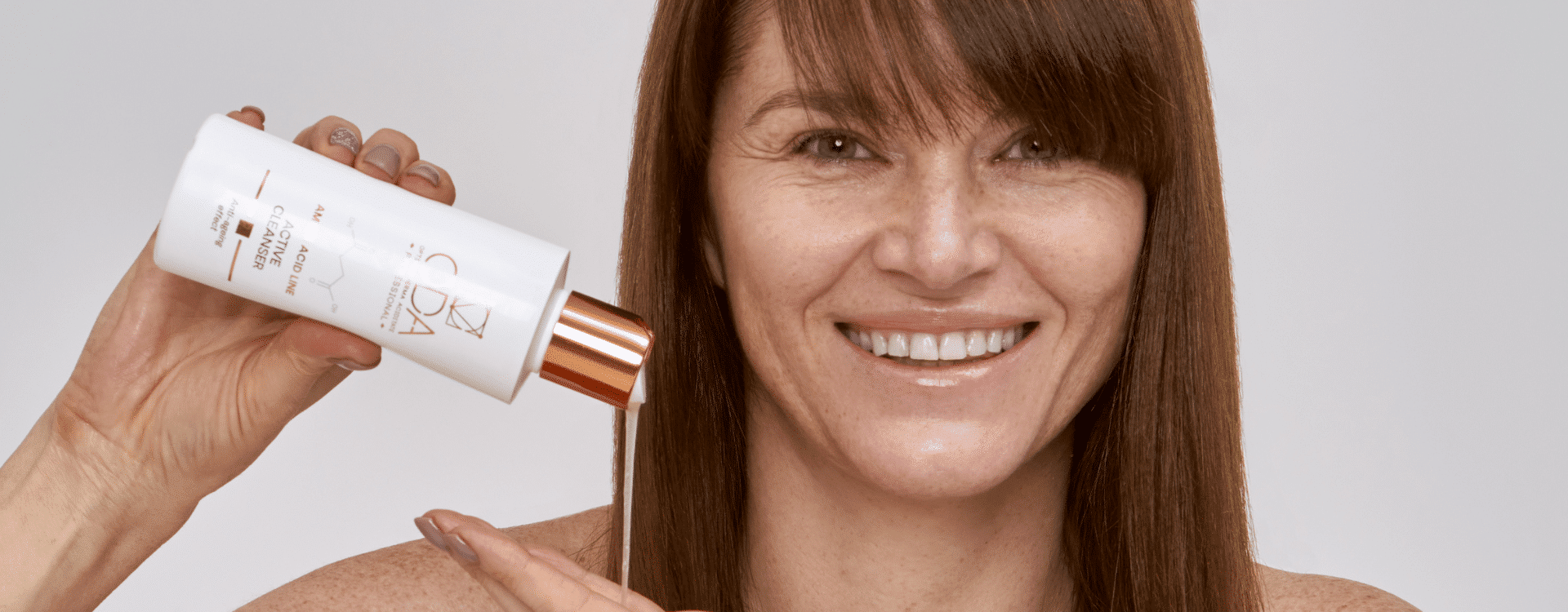
RISING TEMPERATURES – THE HIDDEN DANGER OF CREAMS AND MEDICINES
When the thermometer reaches 25 degrees, sunscreen is often the most important cover-up. However, there are times when, on hot days, you need to apply not only sunscreen but also medicine to your aching body. So, what do you need to know about applying, transporting and storing medicines on hot summer days so that the effects of temperature do not damage the medicine or cream and cause significant harm?
Although heat doesn’t break bones, according to Natalia Jasaitienė, a dermatologist at the Grožio chirurgija clinic, summer is not much different from other seasons, at least in terms of the amount of medicines applied. “Many people use ointments for their backs, joints, anti-inflammatory or other pain relievers. Many of these products contain diclofenac, which belongs to the class of non-steroidal anti-inflammatory drugs. These products have a phototoxic effect, i.e. they react intensely with direct sunlight,” the doctor reminds us. So, after taking a painkiller, it’s best to sit in the shade for a while, otherwise the interaction between the medicine and the sun will cause an allergic reaction. “Rashes, redness, a rise in temperature – these are just a few signs that an allergic reaction has started, which can be very strong and even uncontrollable,” said N. Jasaitienė, a dermatologist at the Grožio chirurgija clinic, who does not hide the serious consequences of misuse of the medicine.
The first advisor is the product label
“It is very important to always read the label and use any product exactly as the manufacturer has indicated,” says biologist Irena Jokšienė, the creator of the Lithuanian professional cosmetics ODA.LT. So every product applied to the body is tested in laboratories, and the effect of temperature on medicines or creams is only determined after the relevant tests. “For example, in our laboratory, creams are tested in special equipment where the temperature is maintained between -18 and +40 degrees. Each sample spends 5 days at the minimum and maximum temperature and only then can we determine how and where to store it for the consumer,” says the cream developer.
Typically, the creams can ‘survive’ 20-30 degrees of heat. The temperature range depends on the ingredients in the cream. “Overheating causes the cream to stratify, and water or oil, for example, may be clearly visible. In the case of a short-life cream, mould or fungus may creep in and become visually apparent,” said I. Jokšienė. A mouldy or fungal cream will have to be thrown away, while a crumpled cream can still be saved by shaking it and putting it in the fridge for a short time.
However, frequent changes in temperature will not improve the quality of the product, so experts advise that the products should be bought in small quantities and used only for the time allowed by the manufacturer. “Creams are usually used for 12 months from the date of opening, while natural cosmetic products with low preservatives are used for a shorter period, and the specific time is indicated on the product packaging,” reiterates.




